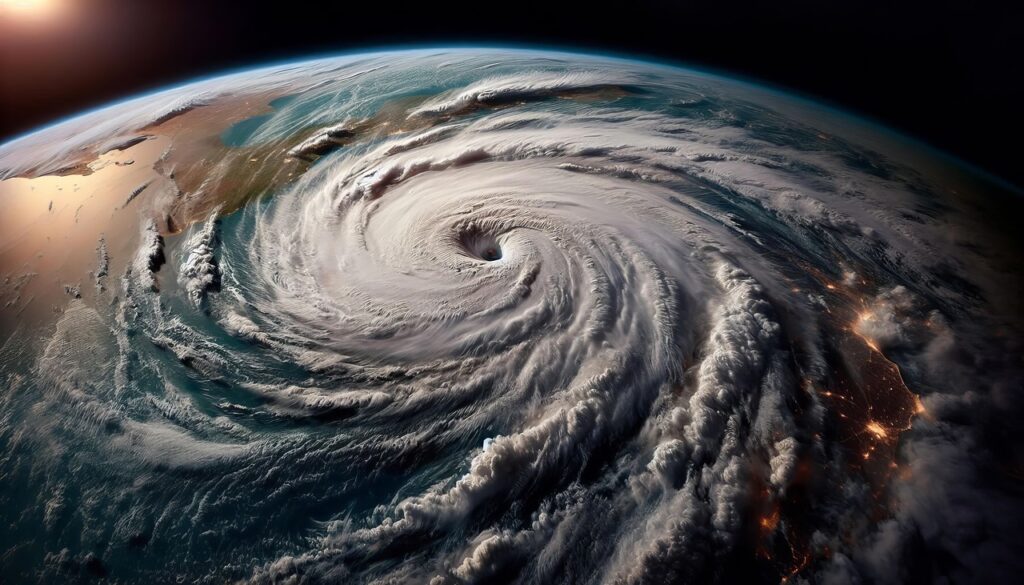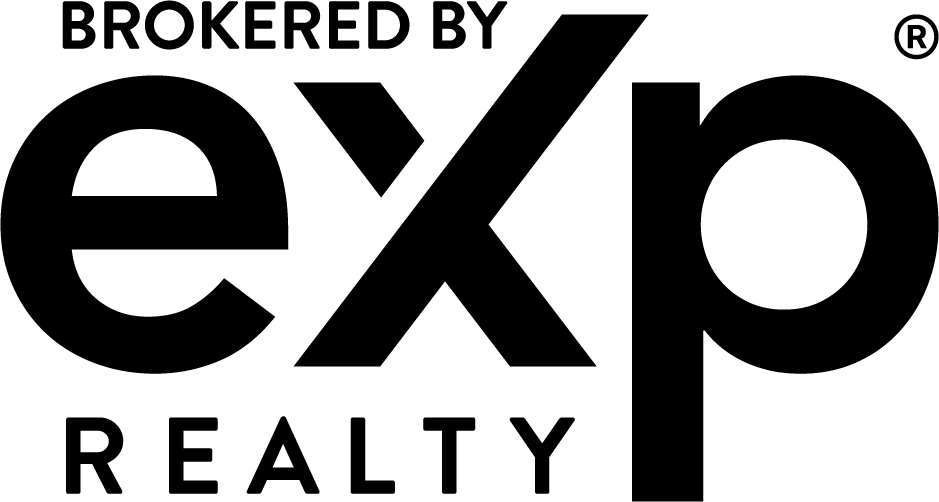In an era where extreme weather events are becoming common, the concept of “Passive Home Design” is gaining a lot of traction. This approach to building focuses on creating homes that are not only energy-efficient but also resilient to natural disasters like fires, floods, and hurricanes.
Passive Home Design is a set of design principles that aim to lower the energy consumption of a building by taking advantage of the natural environment. This is achieved through a combination of things like:
- Superinsulation: Walls, roofs, and floors are insulated to prevent heat transfer, keeping the home warm in winter and cool in summer.
- Airtight Construction: Reducing air leaks lowers energy loss and prevents drafts, ensuring a consistent and comfortable indoor temperature.
- High-Performance Windows: Triple-paned windows with specialized coatings minimize heat transfer and maximize natural light. In Florida think impact glass.
- Passive Solar Heating: Orienting the house to maximize solar gain in winter and minimize it in summer helps regulate indoor temperature naturally.
- Heat Recovery Ventilation: A system that exchanges heat between incoming fresh air and outgoing stale air, improving indoor air quality while minimizing energy loss.
While the energy-saving benefits of Passive Home Design are large, its importance extends far beyond utility bills, especially for those living in disaster-prone areas.
Passive Home Design and Resilience in the Face of Disaster
Homes built with Passive Home Design principles offer increased protection against various natural disasters:
- Fires: The airtight construction and use of fire-resistant materials in Passive Home Design can slow down the spread of fire. The lack of drafts and gaps in the building envelope makes it harder for embers to penetrate and ignite the structure. High-performance windows are also more resistant to shattering from heat, reducing the risk of fire entering through broken glass.
- Floods: While no house can be entirely flood-proof, the robust construction and airtightness of Passive Home Design can minimize water damage. The use of water-resistant materials in the building envelope can prevent structural damage and mold growth in the aftermath of a flood. Additionally, the elevated design often incorporated in flood-prone areas aligns well with Passive Home Design principles.
- Hurricanes: The strong, reinforced structure and airtight construction of Passive Home Design make it more resistant to high winds and flying debris. The impact-resistant windows and doors can withstand the force of powerful storms, protecting the interior of the home from damage.

Beyond Physical Protection
Beyond the physical protection offered by Passive Home Design, there are other benefits that are particularly relevant in disaster-prone areas:
- Energy Independence: In the aftermath of a disaster, power outages are common. A Passive Home Design, with its low energy needs can maintain a comfortable indoor temperature even without electricity, providing a safe and habitable space for residents.
- Improved Indoor Air Quality: During and after natural disasters, air quality can be compromised. The heat recovery ventilation system in a Passive Home Design filters incoming air, removing pollutants and allergens, ensuring a healthier indoor environment.
- Long-Term Cost Savings: While the initial investment in Passive Home Design may be higher, the long-term cost savings from reduced energy bills and increased resilience can add up. This is important in areas where natural disasters can lead to costly repairs and rebuilding.
Conclusion
Passive Home Design is more than just an energy-efficient building method. It’s a holistic approach to creating homes that are comfortable, healthy, and resilient in the face of natural disasters. In a world where extreme weather events are becoming more frequent and intense, Passive Home Design offers a crucial line of defense, ensuring the safety and well-being of residents while minimizing their environmental footprint. As we move forward, embracing Passive Home Design principles will be essential in building communities that can withstand the challenges of a changing climate.
If this is too much to consider now, but you’d like to begin your sustainable lifestyle journey, I have a section on my website dedicated to help you get started right here.






